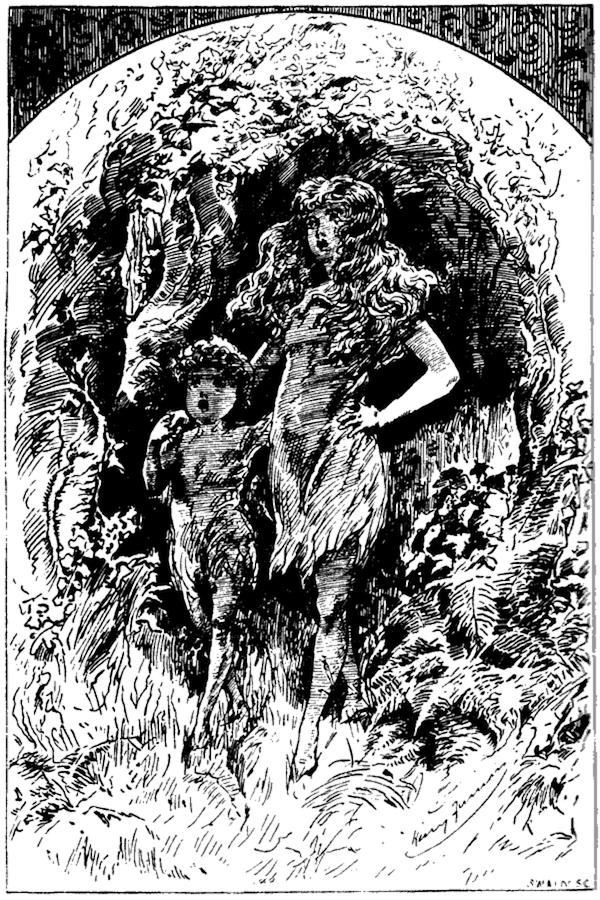Mapping one thing to another is always risky.
When done reasonably, the end result is useful. But when the cartographer forgets the point of the map, the end result is, at best, unwieldy.
“What a useful thing a pocket-map is!” I remarked.
“That’s another thing we’ve learned from your Nation,” said Mein Herr, “map-making. But we’ve carried it much further than you. What do you consider the largest map that would be really useful?”
“About six inches to the mile.”
“Only six inches!” exclaimed Mein Herr. “We very soon got to six yards to the mile. Then we tried a hundred yards to the mile. And then came the grandest idea of all ! We actually made a map of the country, on the scale of a mile to the mile!”
“Have you used it much?” I enquired.
“It has never been spread out, yet,” said Mein Herr: “the farmers objected: they said it would cover the whole country, and shut out the sunlight !
So we now use the country itself, as its own map, and I assure you it does nearly as well.”
from Lewis Carroll, Sylvie and Bruno Concluded, Chapter XI, London, 1895
Sylvie and Bruno, Original Cover Artwork
This particular map lost its purpose because it swallows its subject, so it can’t be used without destroying the thing it is meant to depict. The same problem arises in the context of tokens, as we’ve collectively struggled with the question, “is it a security?”
In the process of trying to answer it, we’ve created a map as big as the territory, and have latched onto the idea that a token can be one of two things:
- A Security
- A Not-security
This map, unlike the map in Carroll’s story, has been spread out, and unlike the farmers, we have not objected to the loss of light. The cast of its shadow has led us to conflate the map with the territory, and in so doing, we’ve lost sight of an important question: In the broadest sense, what is a token?
In this post, I will make a case for an answer implied by the ‘security/not-security’ question, hiding in plain view:
Tokens are, in their purest sense, instruments.
What is an instrument?
Etymology and Definition
The word comes to us from the Latin instrumentum, meaning literally, equipment or (an) implement, which itself comes from the verb form instruere—to construct or equip.
The word has since come to mean many different things. Depending on the context, an instrument could be:
- a tool or implement, especially one for delicate or scientific work,
- a thing (or person) used in pursuing an aim or policy; a means,
- a measuring device used to gauge the level, position, speed, etc., of something, especially a motor vehicle or aircraft,
- an object or device for producing musical sounds,
- a formal document, especially a legal one.
It is in the latter sense that I invoke the term.
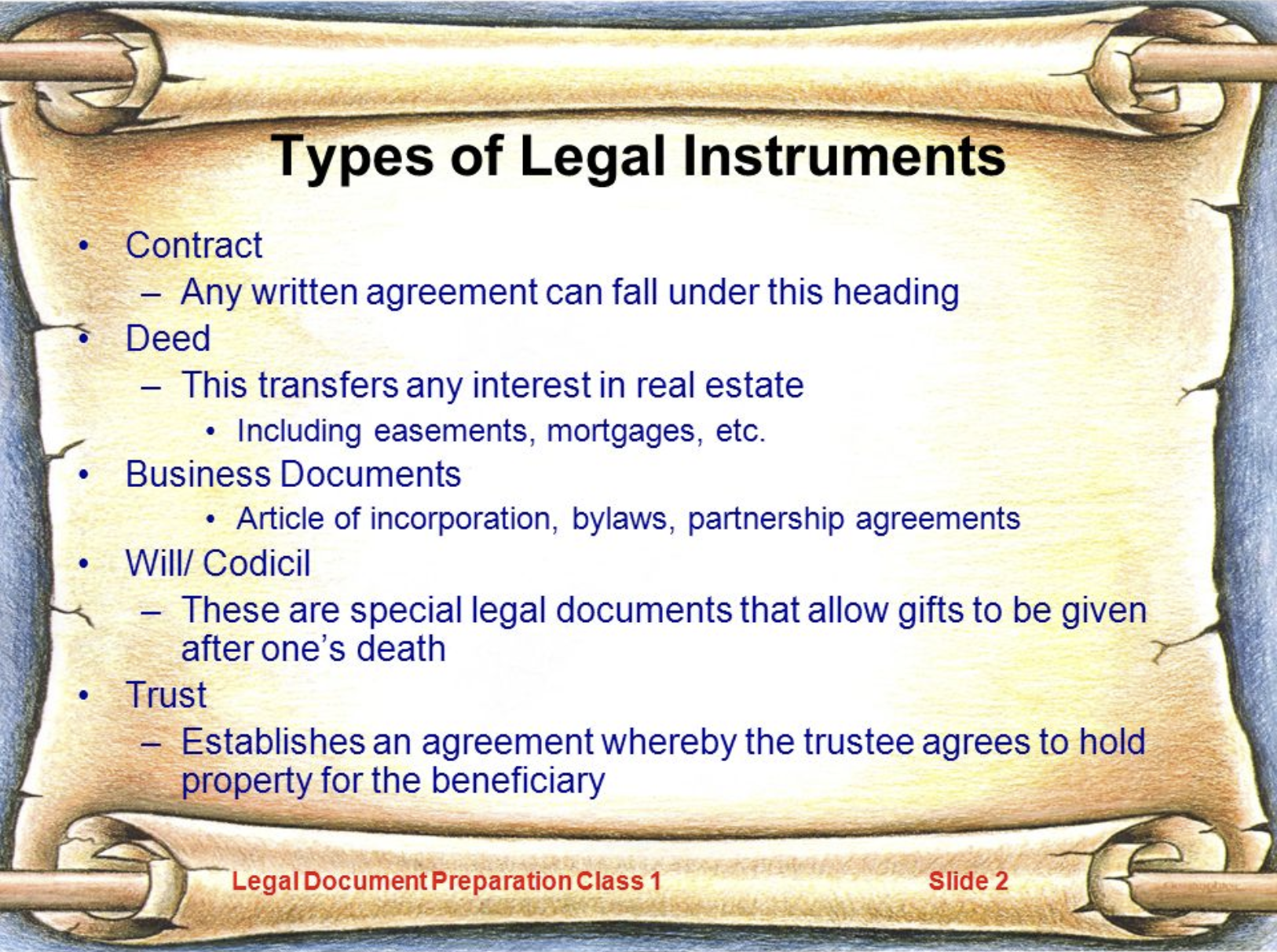
A slide from an introductory course on legal instruments, arbitrarily selected from Google Images.
(One caveat: Documents are a pre-digital metaphor that limit the usefulness of the word in the digital age, but that is a topic for another post.)
What does an instrument do?
An instrument can be many things, as it is the general case of many more specific types of legal document.
For example:
- A car title is an instrument that identifies and represents ownership of a specific car.
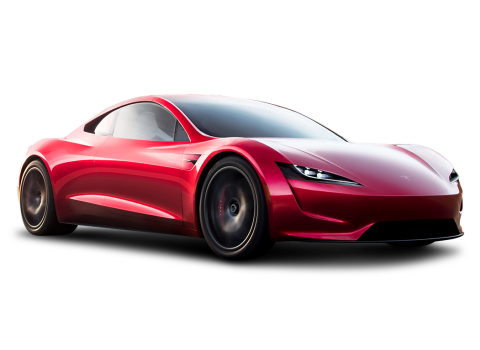
Pictured: Not my car, unfortunately.
- A deed to real property is an instrument that identifies and represents ownership of specific real estate.
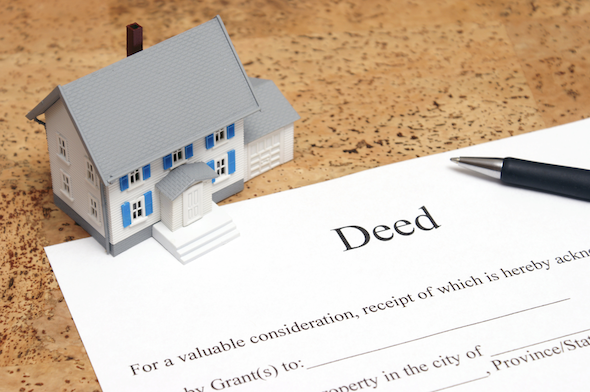
A deed to a tiny house.
- A security is an instrument that identifies a right to receive the profits of a specific individual’s or company’s future work, and represents ownership of that right.
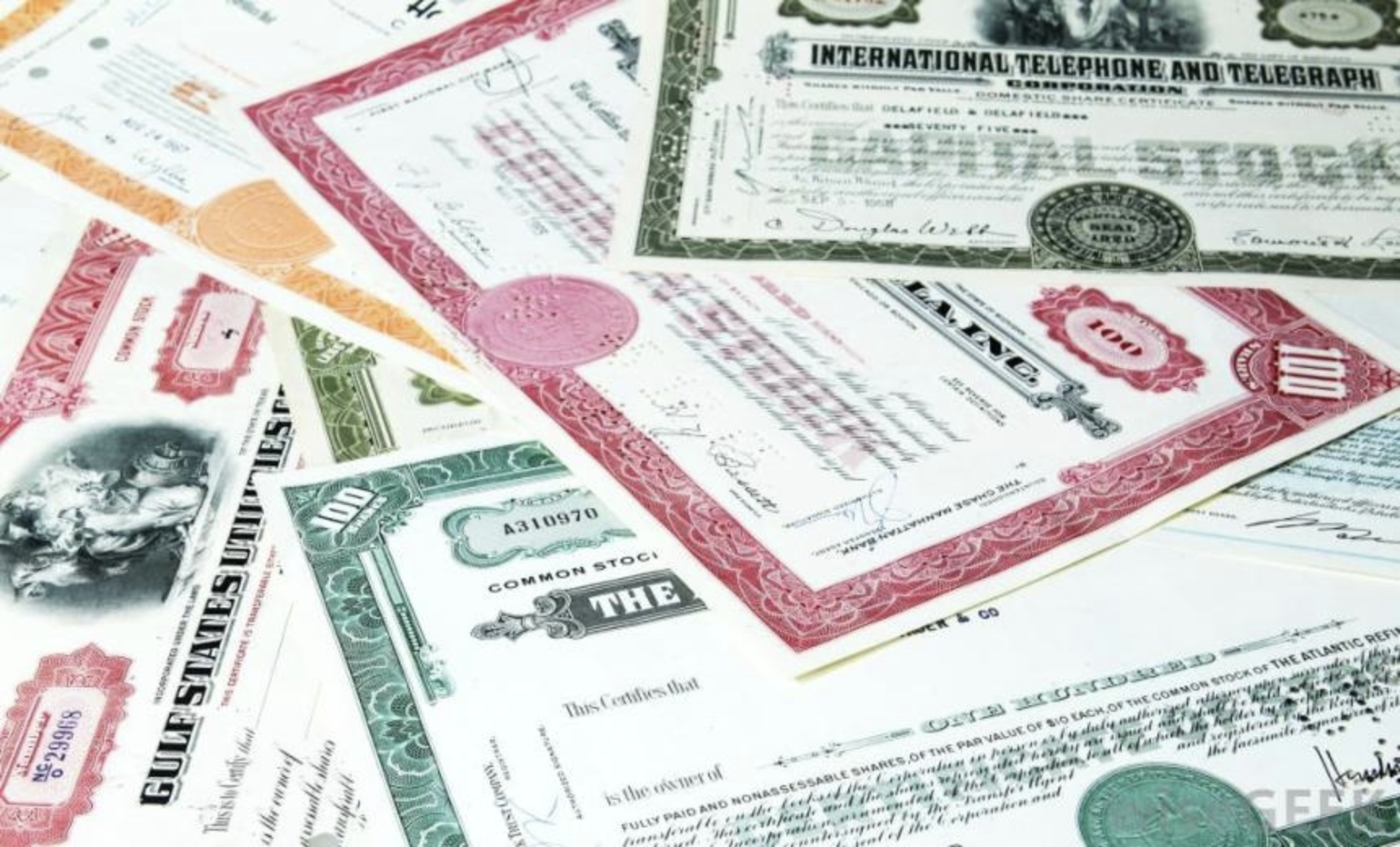
You guys know this one! Pictured in dead tree format.
- A will is an instrument that defines how a specific individual wishes their property to be distributed when they die, and identifies to whom those distributions are to be made.

This Will isn't an instrument, but he's not even mad, he's just impressed.
- A plane ticket is an instrument that defines a right to board a particular aircraft for a particular trip, and represents ownership of that right.
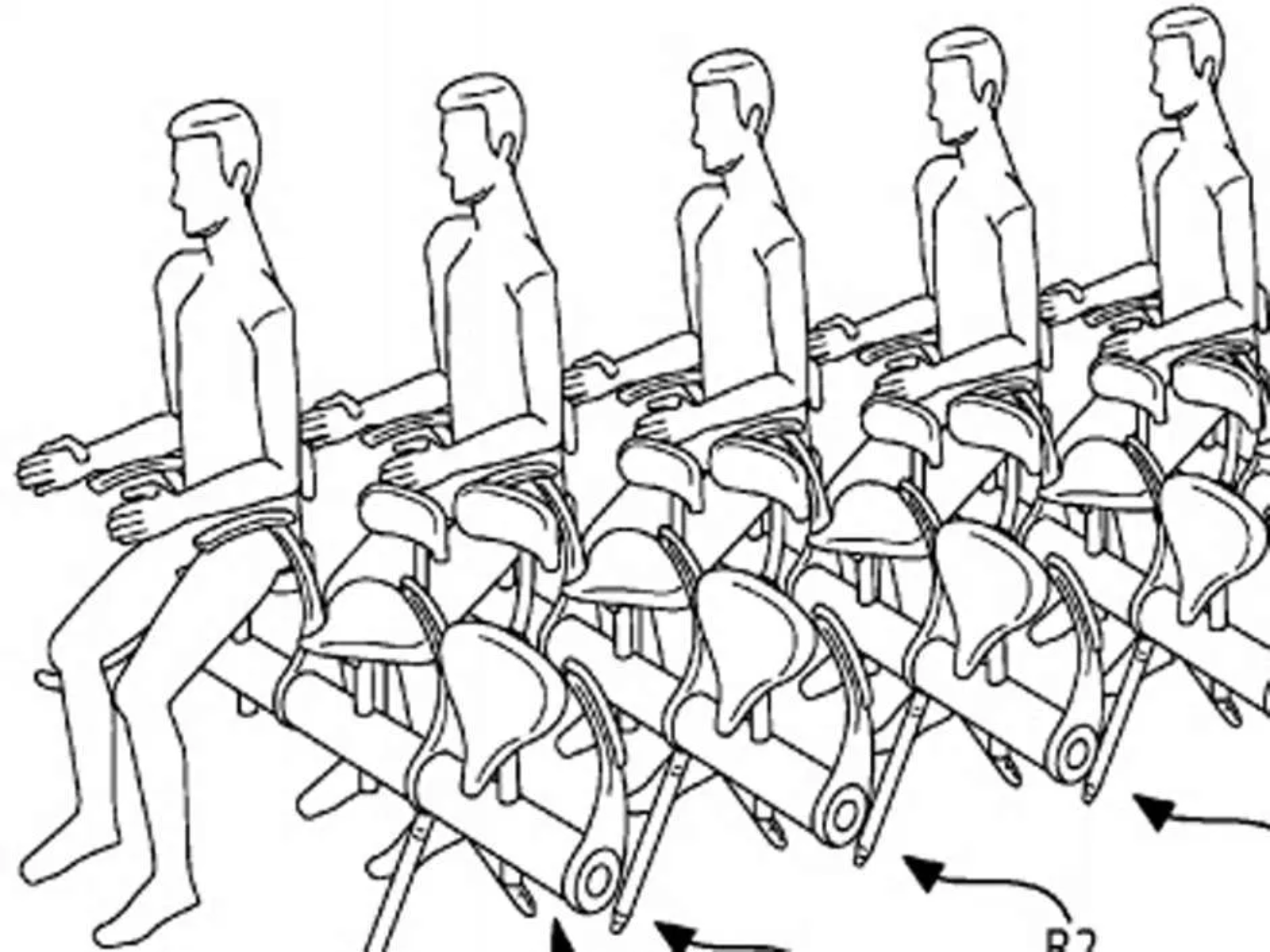
Pictured: a drawing from a patent for evil airline seats for which I will never purchase an instrument.
- A concert ticket is an instrument that defines a right to sit in a particular seat for a particular concert, and represents ownership of that right.
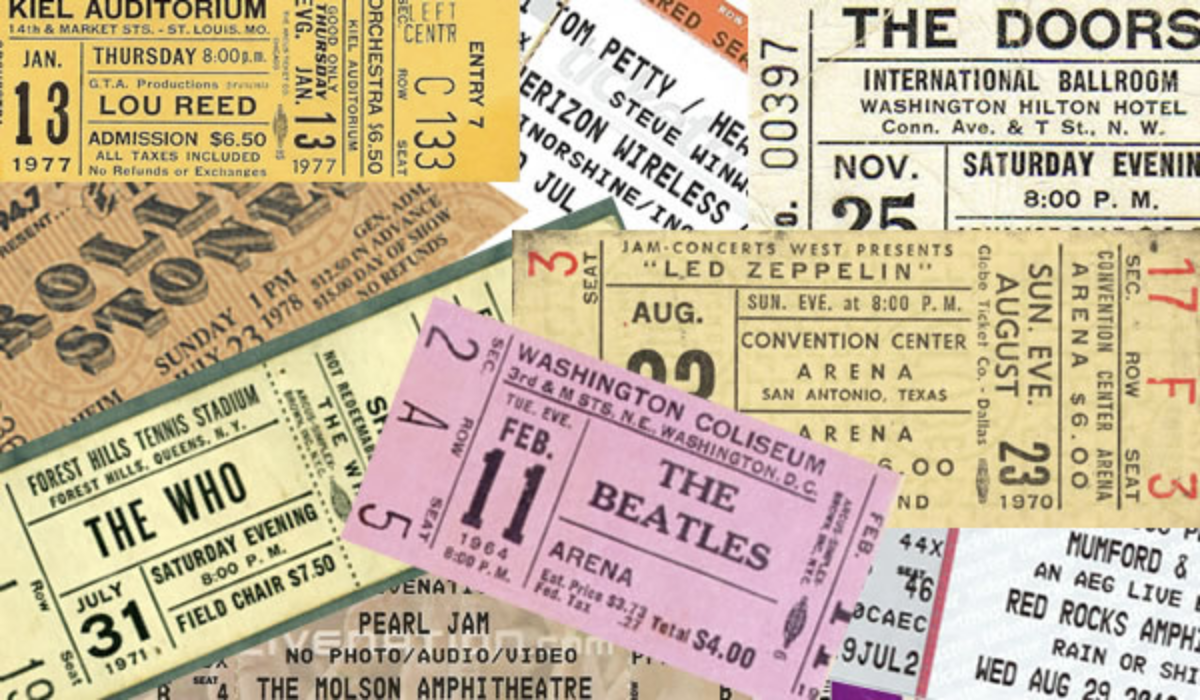
Instruments of rock and roll.
- A check is an instrument that instructs a bank to send a specific amount from one specific account to another specific account (and implies, through operation of law, a right that can be exercised on presentment).
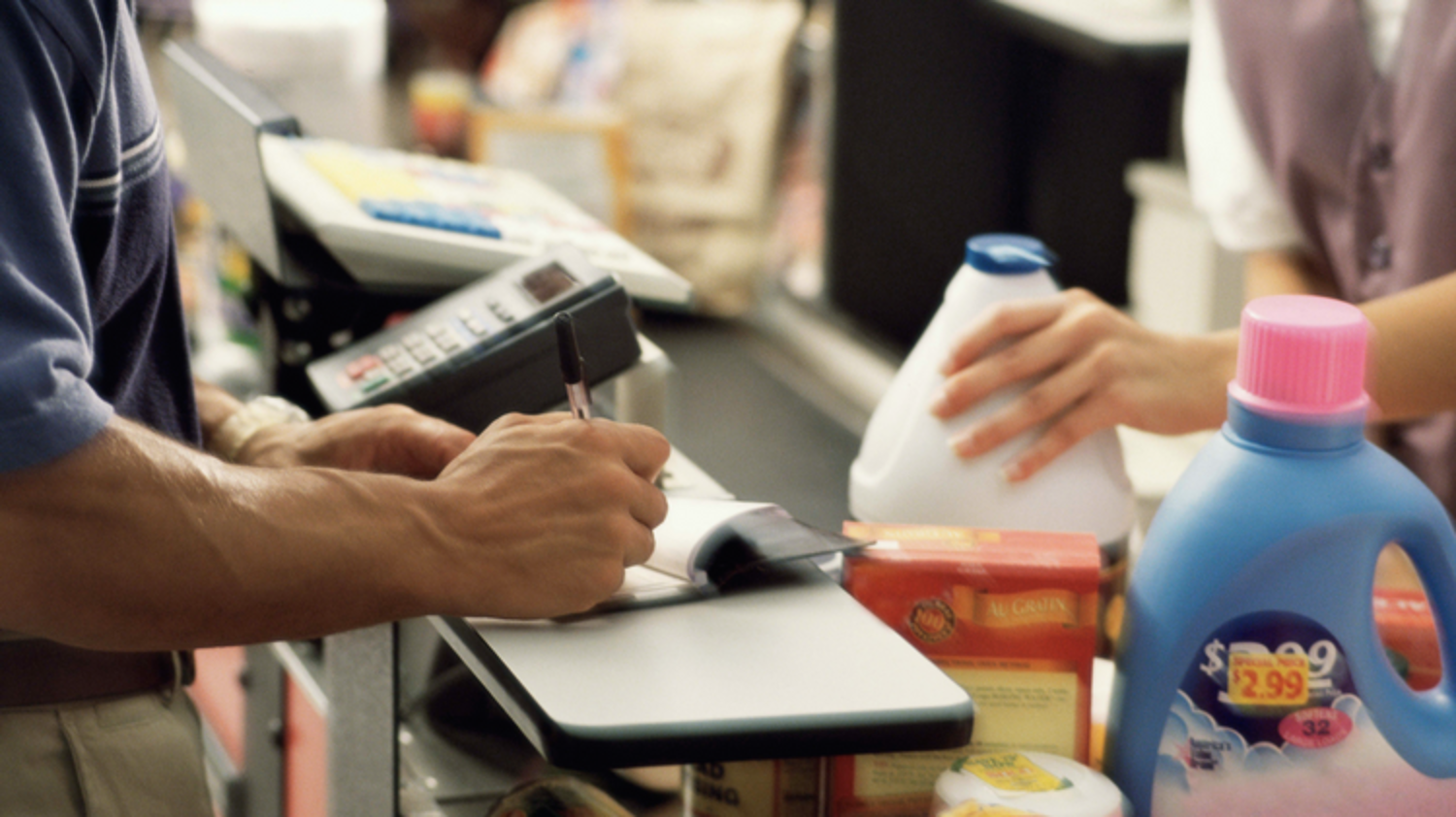
An instrument for creating long lines of annoyed people.
- An invoice is an instrument sent from one party to another, representing a demand for payment and defining the things for which payment is expected.

This instrument is popular with freelancers.
As you can see, our global economy relies on instruments all over the place.
Generally speaking, something instrumentized is ownership of some right or power reduced to a formal document. Whether the owned thing is a car or a right to demand some action by another person is inconsequential to the general definition. (Note that the definition is not limited to any one item on the above list.)
I’d be willing to bet that with just the context you’ve got right now, you can think of a few more examples of instruments without much effort.
Why isn’t everything instrumentized?
It is clearly a very useful concept, so why isn’t everything already instrumentized?
Well, to this point, the answer has been a problem of economics. Instruments are powerful tools, but, until the invention of tokens, they were expensive to create, support and manage.
Think about how liens are represented on deeds, and how much overhead that adds to their creation, enforcement and maintenance. Since real property is immensely valuable, the expense is justified.
But it wouldn’t make sense to draw up an instrument to represent ownership of every little piece of property you own, like your toothbrush, for example. And it would make even less sense for a bank to bother placing a lien on it to secure a loan, or for you to even suggest it as collateral. The cost in effort to do so alone would be greater than the value of your toothbrush, and the loan amount it could even secure wouldn’t be worth seeking!
The cost of Instrumentization.
So where do the costs come from?
- Instruments are created by contracts, which, at some level, require lawyers to negotiate and draft.
- Instruments are implemented by trusted 3rd-party intermediaries, like banks, brokers, airlines, concert venue owners, car dealers, courts of law, and more.
- Instruments are separate from the thing itself, and must be managed by their holders separately.
- Instruments need to be regulated by laws, and past a certain degree of complexity and specificity, may need unique legislation or regulatory oversight to function as intended.
It should be apparent on its face that the costs emerge from institutions needed to give purpose and effect to instruments. That means two things:
- There are a ton of efficiencies to be gained with existing implementations of existing instruments.
- If the costs were lower, the power of instruments could be extended beyond what is currently economically feasible.
Tokens = Money Securities Instruments
Right now, the prevailing way of thinking about tokens is still bound up in the idea that an exchange is the proper place to trade securities, and since tokens are either securities or not-securities, the proper place to trade tokenized securities is on a token exchange. The rest of the tokens, then, must be faulty, and not fit for trade anywhere.
I disagree.
Instead, I believe that tokens are most analogous to instruments, and that since securities are just one class of instrument, it would be shortsighted to limit the concept of token to fit neatly into one type of medium of exchange.
Tokens as Instruments
If you think of a token as an instrument, then it isn’t a forgone conclusion that the natural home of token commerce is on an exchange. While some tokens, representing the class of instruments known as securities, certainly can and should find a natural home on token exchanges, OpenRelay doesn’t aim to cater only to the exchange of tokenized securities.
Rather, our aim is to be a platform for building many types of medium, enabling the exchange of many types of tokenized instrument.
While that certainly includes token exchanges and security tokens, OpenRelay sees it as a small fraction of a larger marketplace. That is why OpenRelay is focused on building a common infrastructure that doesn’t favor token exchanges, why we charge low, flat fees, and why we don’t offer a branded front-end to our order book. If we did, we’d either have to accept the narrow ‘security token/not-security token’ worldview, which, for all the reasons discussed above, we are not going to do.
Or, we would have to reconstruct all the possible commercial mediums for the exchange of instruments, and invent all the new ones enabled by blockchain technology.
We’re not going to be able to do that by ourselves!
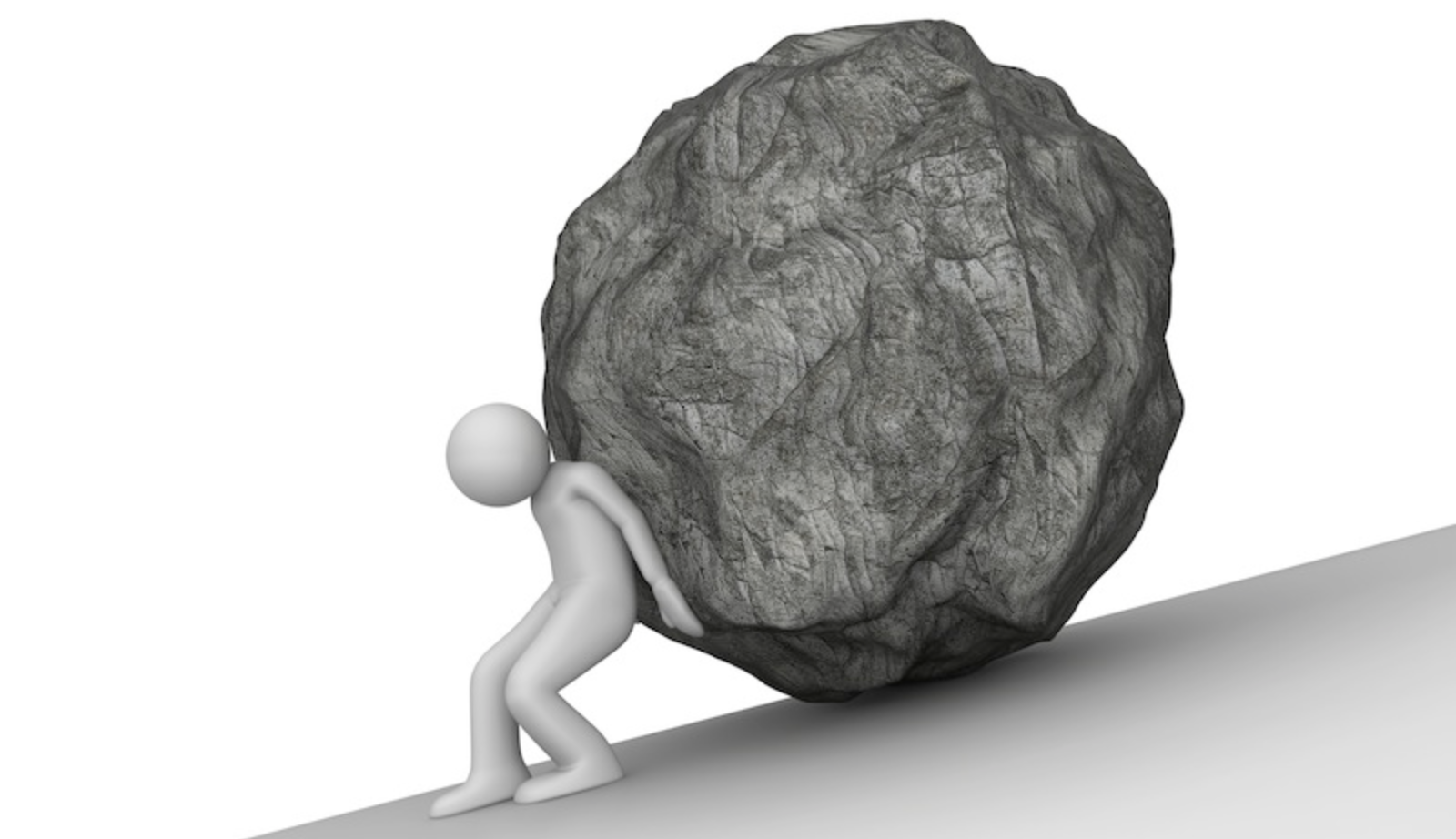
This would not be a good plan.
What we’re doing instead.
Instead of narrowing our focus to just one medium or one tokenized instrument, we are building a platform that will enable the world to build token exchange functionality for any instrument into any application, new or existing.
In this way, we hope to spread the benefits that can be obtained from tokenized instruments to anyone with basic web development skills (or the ability to hire someone who has them).
We aim to enable creators operating within existing systems of instruments to optimize them and make them more valuable. And we aim to make new instruments economically feasible for intrepid creators to realize.
Maybe not toothbrush tokens, but… who knows, I bet dentists could make use of them!
A Useful Map of the Possible
What is possible if we fold up the old map and put it away? Here are just a few ideas:
1. Tokenized Deeds
What if everyone on Earth could have an indisputable record of land ownership? Even in the most developed countries, disputes over title to land are not uncommon, and in less developed countries, your land can be taken from you at the whim of a corrupt government!
A distributed recorder of deeds would make the official record public and enshrine it beyond the reach of corruption and fraud.
2. Tokenized Content Licenses Bundled with Tickets
What if you could pay extra to see a movie in theaters, and then download it digitally later for no extra cost? (And what if that license transferred from Amazon to Google to iTunes without repurchasing?)
What if you could buy an album and get a ticket to see the artist when they come to town as part of the deal?
Totally feasible with tokens.
3. Tokenized Health
Imagine going to any hospital, doctor’s office or dentist and your entire medical history could be acquired instantaneously, regardless of your state of consciousness. How many lives could be saved if nobody were ever given medicine they weren’t allergic to, or how much money could be saved if x-rays and blood tests didn’t have to be re-taken by each new caregiver?
Could a toothbrush could tell you and your dentist whether your kids were brushing their teeth, or even if they were doing it the right way?
Doable with tokens.
4. Tokenized Keys
A smart lock could open the front door for you and guests you authorize with a token. Your car could start only for you with a token.
Your teenage kid could borrow the car, but only if they took out the trash and did the dishes first, with several tokens. The same kid could also be prevented from turning off or locking the car anywhere but the school parking lot without first getting permission, or from using the car after sunset, or with passengers other than you.
All these things and more can happen with tokens given and taken in exchange.
I’m not suggesting these ideas can happen tomorrow, or even anytime in the next few years.
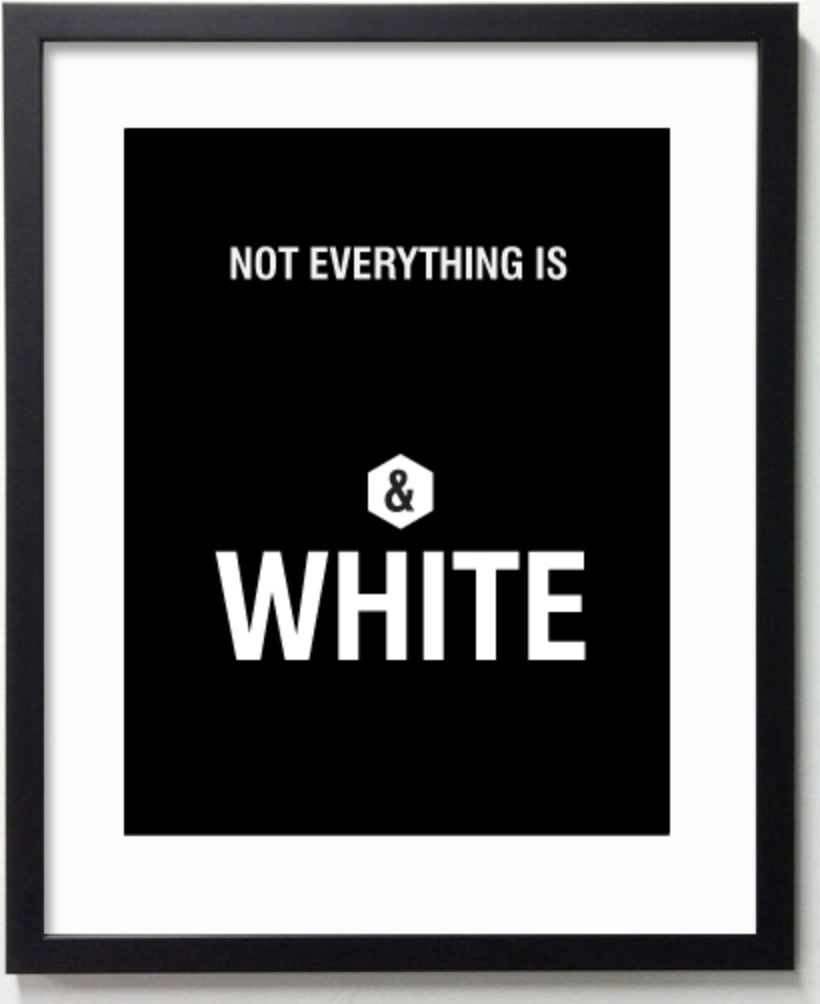
Except this poster.
But the first step to getting there is to realize that the ‘security/not-security’ dualism is a map we must fold and put away if we are to see the whole landscape of possibilities.
That is our vision. So next time you think about tokenized assets, don’t think security. Think Instrument!
And if this gives you an idea, get in touch! At OpenRelay, we’re here to help.
